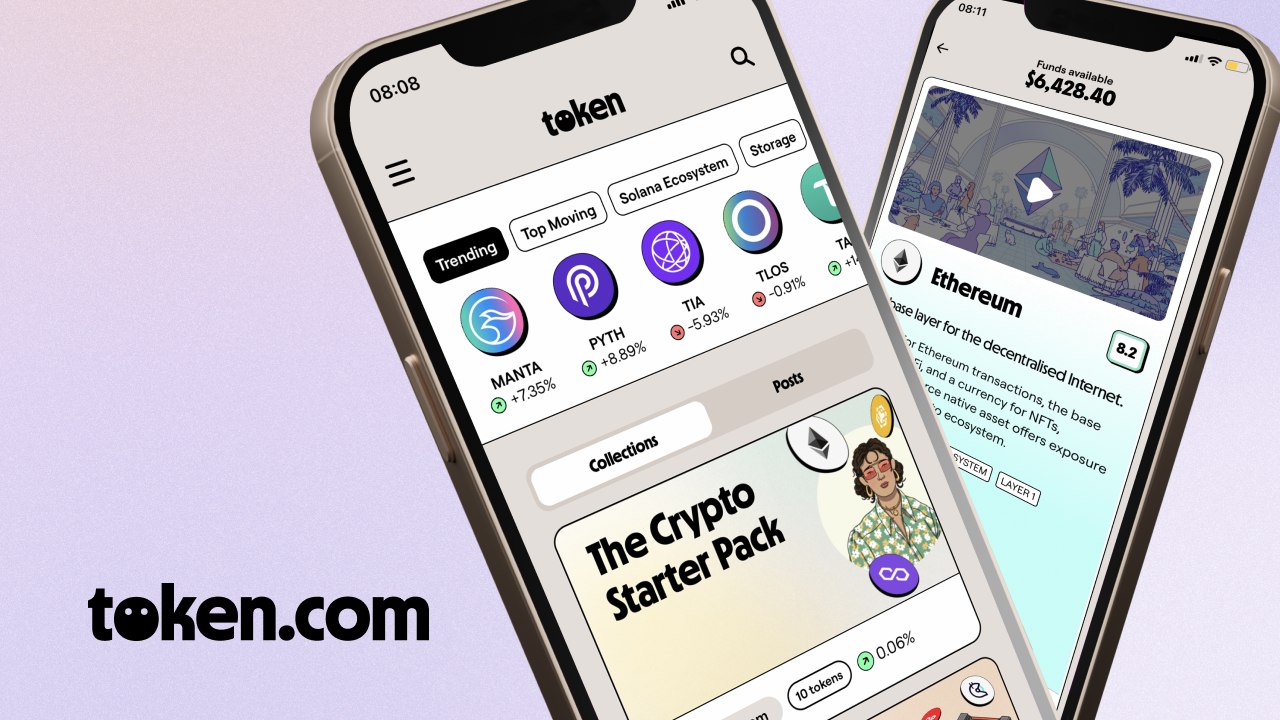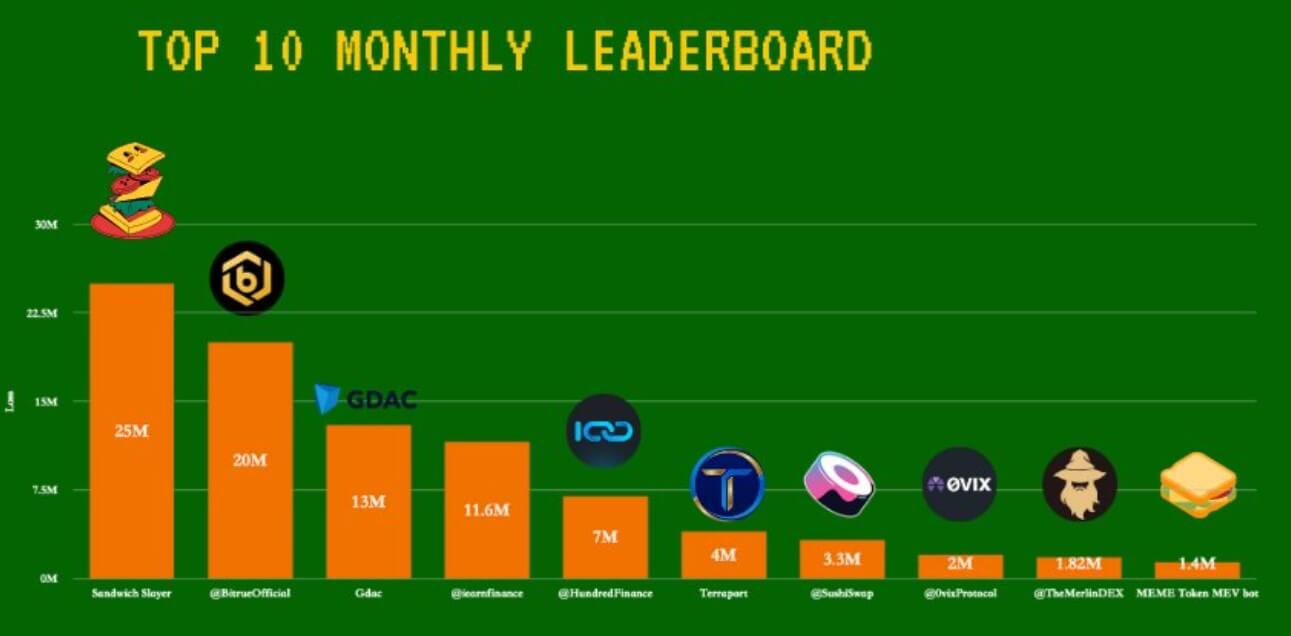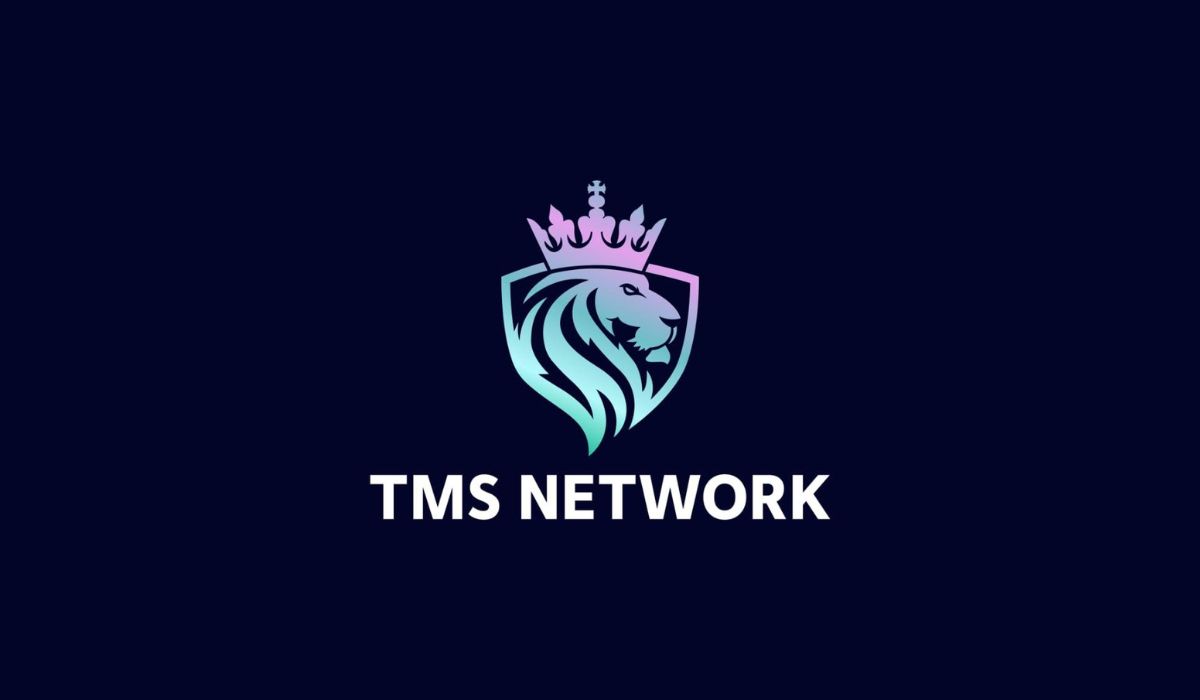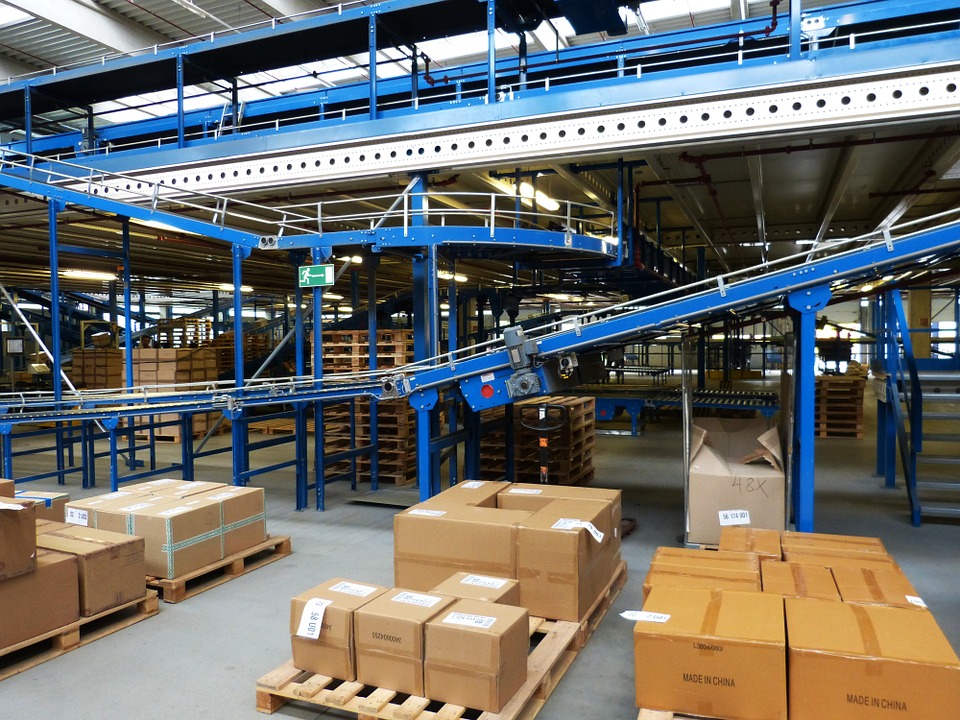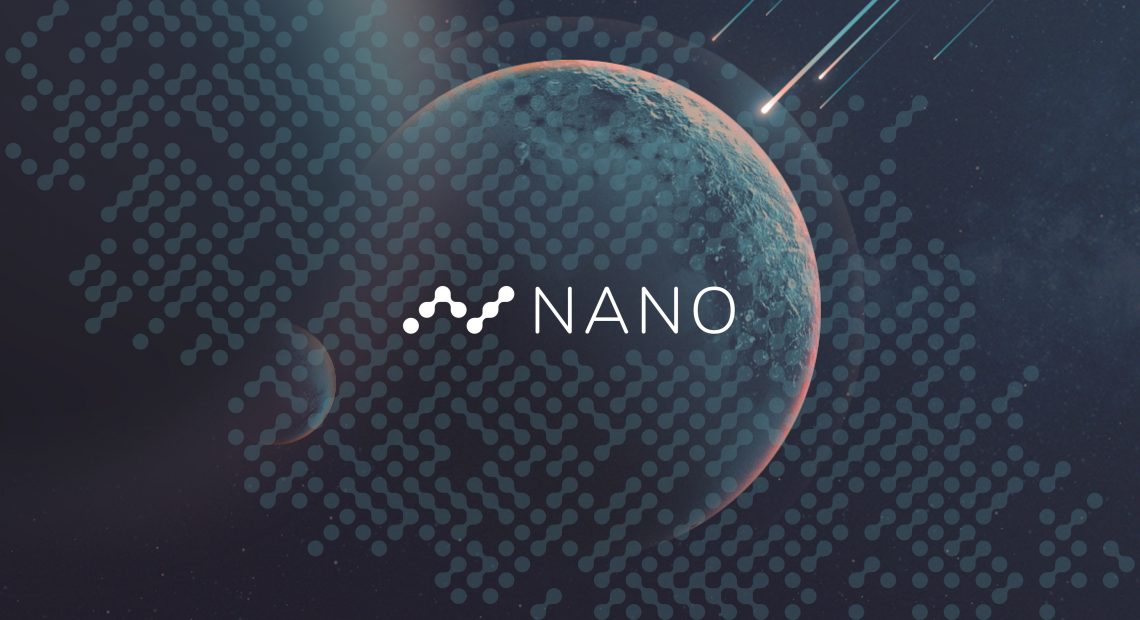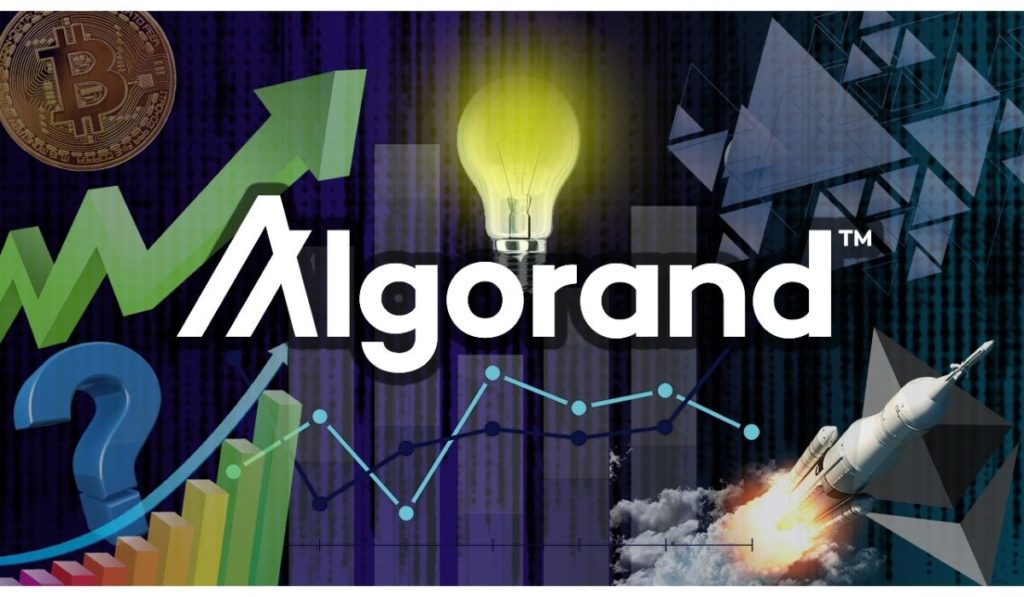
2020-9-27 18:27 |
Introduction
Ethereum continues to be the de facto choice for most crypto projects. However, its scalability limitation and overcrowding have forced many crypto projects, especially the DeFi ones, to seek other alternatives. Though there are several capable and attractive blockchain solutions available, Algorand has rather quickly grabbed many projects’ attention. Besides new projects opting for the ecosystem, older ones included Algorand realizing its potential. And Algorand is proving them right with regular essential feature updates.
The Underlying Technology of Algorand
Algorand employs the Pure Proof-of-Stake (PPoS) consensus mechanism, which is stake-independent, assuring equal selection chance. The block producers and validators are selected through lucky draws that ensure their identities stay hidden.
Algorand uniquely tuned with the following features –
High Speed & Throughput – The near-instant lottery, coupled with a block production completion rate of about 4 seconds, enables the mainnet to deliver an over 1000 TPS throughput.Highly Scalable – Being totally independent of each other, multiple lucky draws are processed simultaneously. This grants a linearly scalable network.Security – The complete random selection ensures all data remains tamperproof. The stake size-independent nature prevents lottery manipulation.Proper Decentralization – The random selection of nodes and block contributors guarantees a high degree of decentralization.No-fork Policy – In the Algorand blockchain, a block once attached to the chain cannot be altered in the future, promising no future forking.Enterprise-grade Solution – Algorand is developed with DeFi in mind, and thus, naturally, the entire ecosystem is built to benefit big organizations in every way. Algorand’s Important Feature Set
Just like other next-gen blockchain platforms, Algorand 2.0 has adopted a layer-1 focused service implementation policy. But the challenge here is optimizing all those services without sacrificing the speed and scalability Algorand promotes. However, subsequent feature addition on layer-1 showed the Algorand team’s expertise in finding innovative solutions to these complex problems.
The following three features helped Algorand bag some of its best, most important, and influential projects.
#1. Algorand Standard Assets (ASAs)
Introducing the standardization method enables the tokenization and issuance of any asset types on the platform. ASA supports the following token types –
#2. Atomic Transactions
Atomic Transfers groups together fungible tokens of multiple parties and process them simultaneously, thus offering a fast, low cost, and secure solution. This benefits various daily trade activities such as –
#3. Algorand’s Smart Contracts (ASC1s)
Algorand first added stateless smart contact and then went on to add stateful versions, both on layer-1. For comparison, Ethereum offers just stateful smart contracts.
Stateless smart contracts bring efficiency and faster solution to the table as instructions/conditions are provided within each transaction itself. In Algorand’s version of stateful contracts, state data is supplied not with the transaction but with creator/user accounts. This method also offers concurrency and efficiency at a low cost. With both versions, Algorand presents the options of customizability and speedy solution.
Algorand uses a language called TEAL for writing smart contracts. With the introduction of PyTEAL support to both smart contracts, developers would easily write contracts in familiar Python code while it gets translated automatically into TEAL.
#4. Fast Catchup
This feature enables developers to begin working on their DApps without waiting for the entire blockchain to sync. This syncing process can take hours or even days, depending on the size. Developers can download either the entire blockchain or from a particular block where the previous blocks are hashed.
#5. Rekeying
Rekeying allows users to change the security or authorized spending anytime while keeping a single long-running public address. This also enables changing it from a single key to a multi-signatory key to a stateless smart contract with a built-in spending policy.
Within just two years, Algorand has garnered over 34 partnerships with many of them being important DeFi projects. This shows Algorand’s effectiveness.
Algorand is feature-rich and its approach to offer a complete solution for enterprises is proving its mettle. Though starting as a dark horse, it is coming out to be a major player, especially in the DeFi space, going toe-to-toe with Ethereum. Don’t get surprised if Algorand becomes the dominant DeFi platform in the near future.
Similar to Notcoin - Blum - Airdrops In 2024
Emerald Crypto (EMD) на Currencies.ru
|
|

